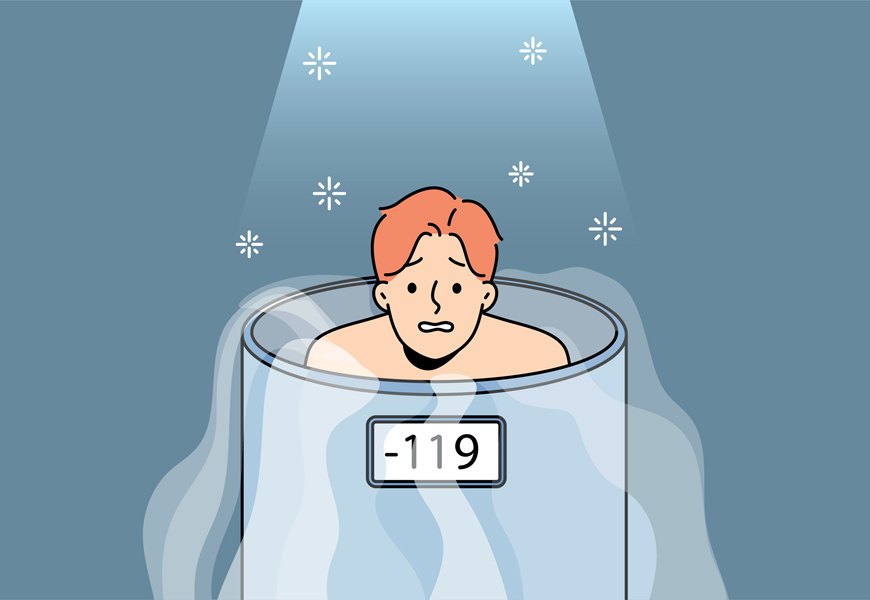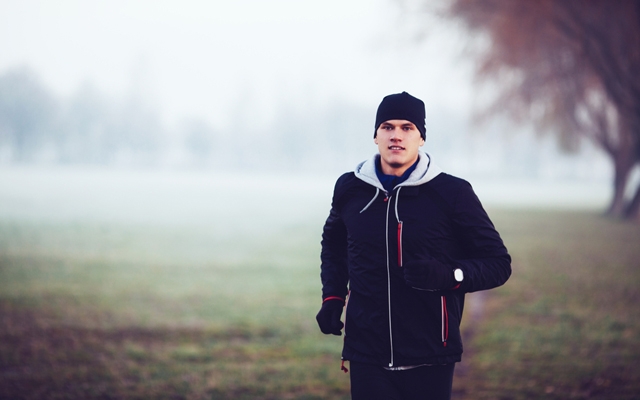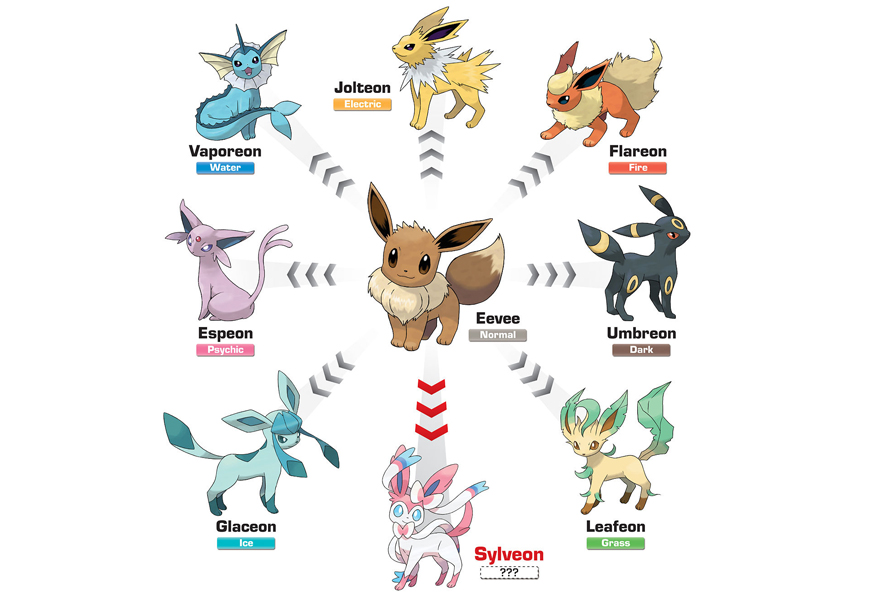Cryotherapy, derived from the Greek words “cryo” (cold) and “therapy” (healing), has grown increasingly popular in the last decade, especially among athletes and wellness enthusiasts. It involves exposing the body to subzero temperatures for a short duration to stimulate various health benefits.
Cryotherapy is an exciting and evolving field that promises a plethora of benefits, from pain reduction to enhanced athletic performance. However, it’s essential to approach it with caution, ensuring you’re informed about the risks and rewards. Always consult a certified cryotherapy practitioner or health professional before embarking on any treatment.
Read on to dive into the science and benefits behind this chilly treatment.
How Does Cryotherapy Work?
There are two primary types of cryotherapy:
1. Whole-body cryotherapy (WBC): Individuals step into a chamber that engulfs their entire body, excluding the head. The chamber releases cold nitrogen gas, causing temperatures to plummet, often between -200°F and -250°F (-130°C and -160°C). The exposure lasts just 2-4 minutes.
2. Localized cryotherapy: A targeted approach that focuses on a specific body part using tools that produce a cold blast or stream.
The premise behind cryotherapy is that the rapid exposure to cold causes the blood vessels to constrict (vasoconstriction) and then dilate (vasodilation) once you warm up. This process is believed to flush out toxins and enhance the delivery of oxygen and nutrients to bodily tissues.
Benefits of Cryotherapy
1. Pain and Inflammation Reduction: Cold temperatures can numb pain and reduce swelling. Cryotherapy is sometimes used for conditions like arthritis or muscle pains post-exercise, helping in speeding up recovery.
2. Skin Rejuvenation: The treatment can tighten the skin and increase blood flow, leading to a brighter complexion. It may also help with conditions such as eczema or psoriasis.
3. Mood Enhancement: Some proponents argue that the cold can release endorphins – the body’s natural painkillers and mood elevators. It might be beneficial for those with anxiety or depression.
4. Metabolism Boost: The body burns more calories when exposed to cold as it tries to stay warm. While the calorie-burning effect of a single session may be minimal, some believe regular sessions might aid weight management.
5. Improved Circulation: The vasoconstriction-vasodilation process can improve blood flow, potentially aiding with cardiovascular health.
6. Reduced Muscle Soreness: Athletes often use cryotherapy as a recovery tool. The cold can help in reducing muscle soreness after intense workouts.
7. Enhanced Athletic Performance: Some studies suggest that cryotherapy might help in increasing the body’s peak performance by reducing inflammation and fatigue.
Potential Risks and Precautions
Like all treatments, cryotherapy is not without its risks. Some potential side effects include:
- Redness or irritation of the skin
- Allergic reactions to the cold
- Frostbite, especially if wet clothing or sweat is present
People with certain health conditions, like hypertension, cardiovascular issues, or those pregnant, should consult a medical professional before undergoing cryotherapy.












